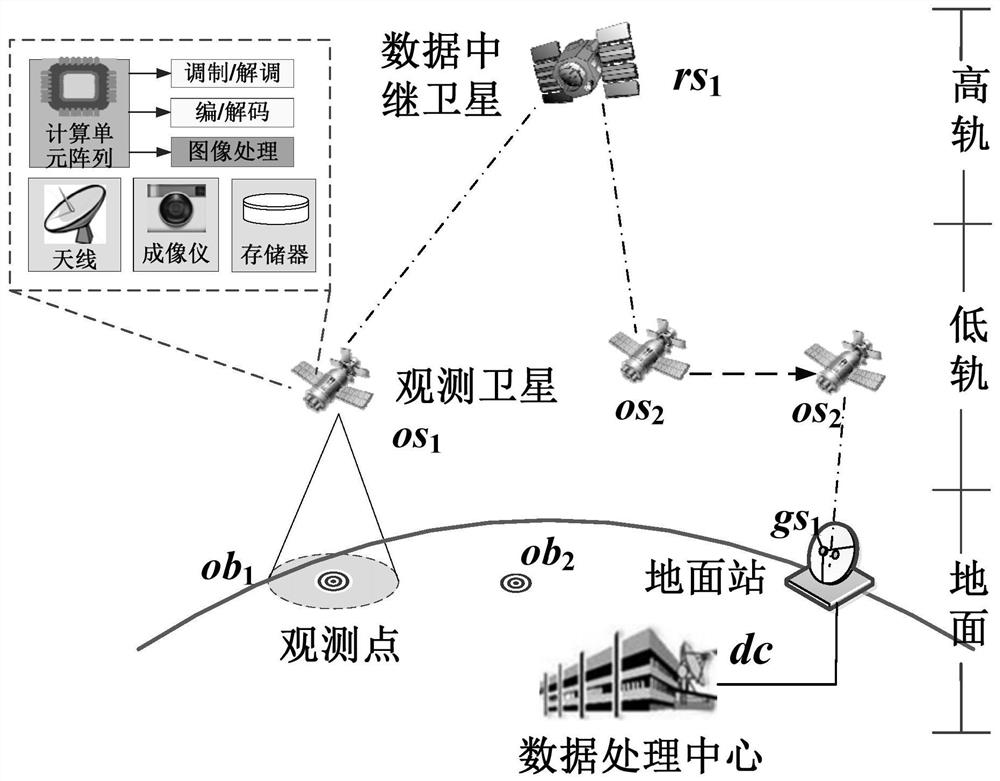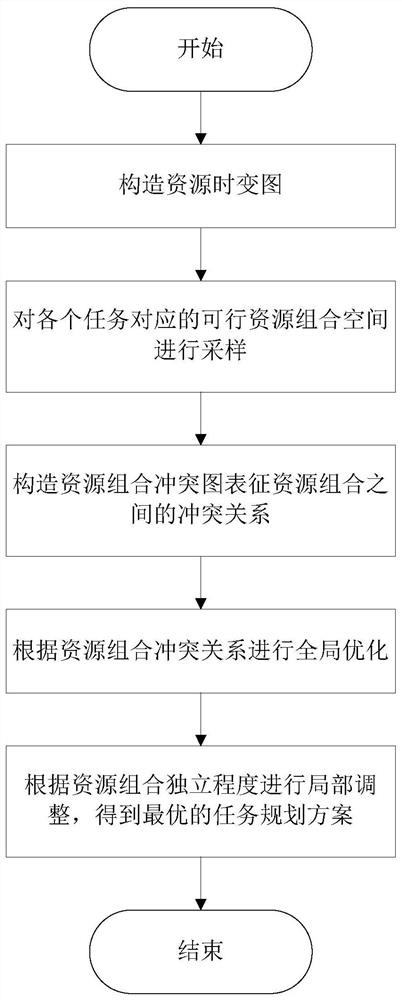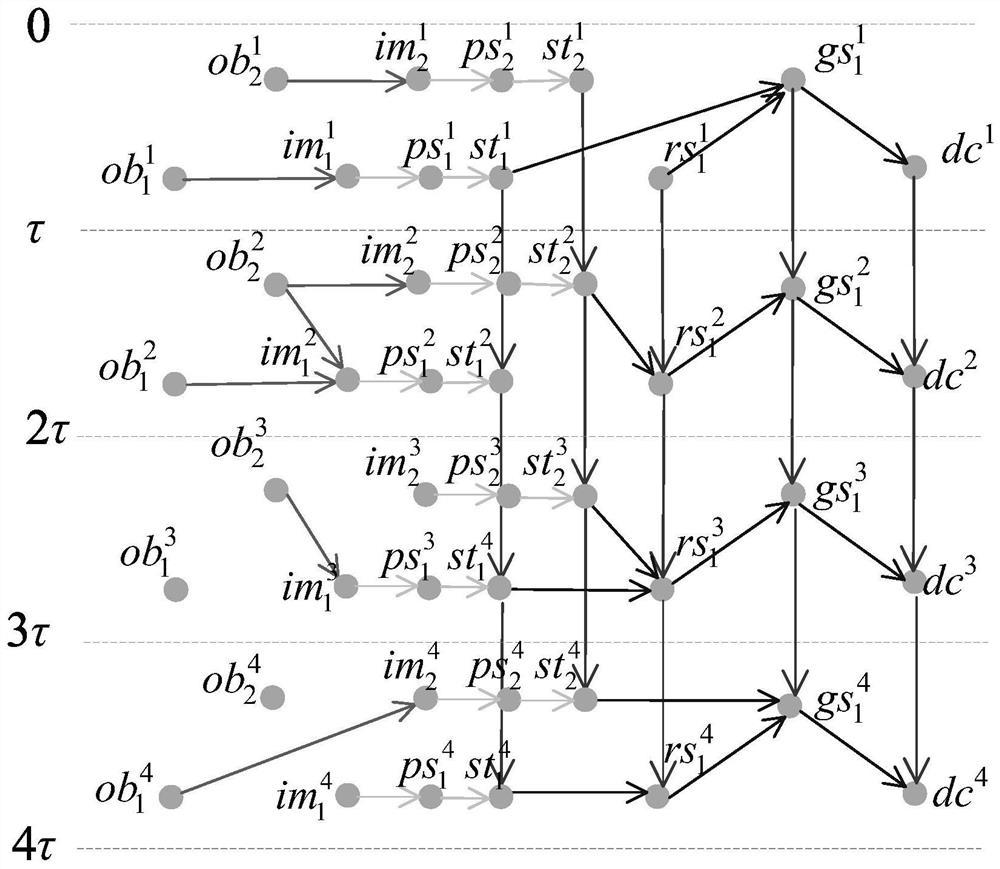A Method of Space Information Network Task Planning Based on Resource Exchange
A technology for spatial information network and mission planning, applied in the field of spatial information network mission planning based on resource exchange, can solve the problems of increasing the degree of freedom of resource combination and task matching, increasing the range of feasible solution space, and increasing computational complexity, etc. Improve task execution efficiency, improve resource utilization, and simplify the effect of integer linear programming problems
- Summary
- Abstract
- Description
- Claims
- Application Information
AI Technical Summary
Problems solved by technology
Method used
Image
Examples
Embodiment Construction
[0043] The present invention is described in further detail below in conjunction with accompanying drawing:
[0044] refer to figure 1 and figure 2 , the resource exchange-based spatial information network task planning method of the present invention comprises the following steps:
[0045] 1) Initialize the basic parameters of the spatial information network;
[0046] The basic parameters of the space information network include the set of earth observation satellites OS={os 1 , os 2,...}, relay satellite set RS={rs 1 ,rs 2 ,...}, ground station set GS={gs 1 ,gs 2 ,...}, data processing center dc, observation target set OB={ob 1 ,ob 2 ,...}, task set OM={om 1 ,om 2 ,...} and planning period T.
[0047] 2) Divide the planning cycle into K equal-length time slots, where the length of each time slot is τ, and construct a time-varying graph G of spatial information network resources K (V,A), where V and A respectively represent the set of vertices and the set of res...
PUM
 Login to View More
Login to View More Abstract
Description
Claims
Application Information
 Login to View More
Login to View More - R&D
- Intellectual Property
- Life Sciences
- Materials
- Tech Scout
- Unparalleled Data Quality
- Higher Quality Content
- 60% Fewer Hallucinations
Browse by: Latest US Patents, China's latest patents, Technical Efficacy Thesaurus, Application Domain, Technology Topic, Popular Technical Reports.
© 2025 PatSnap. All rights reserved.Legal|Privacy policy|Modern Slavery Act Transparency Statement|Sitemap|About US| Contact US: help@patsnap.com



